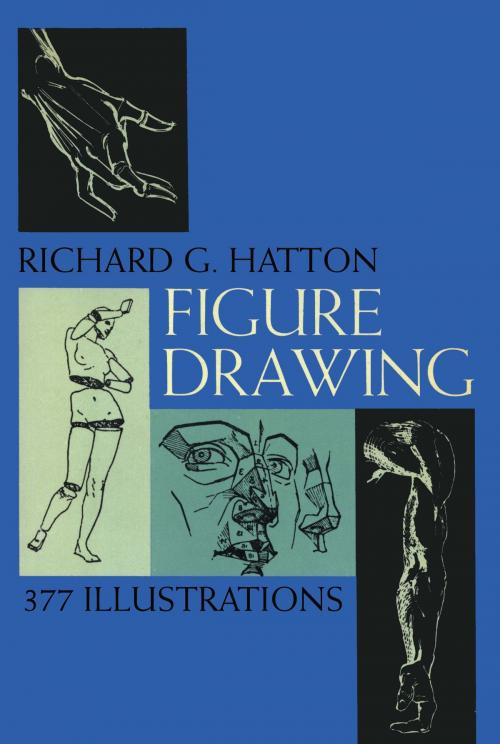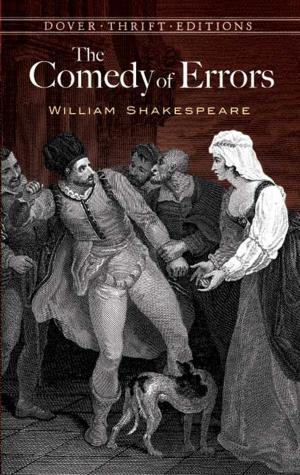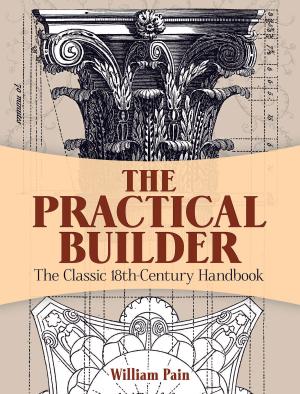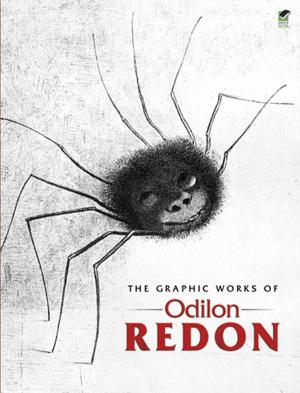Figure Drawing
Nonfiction, Home & Garden, Crafts & Hobbies, Art Technique, Art & Architecture, General Art| Author: | Richard G. Hatton | ISBN: | 9780486149226 |
| Publisher: | Dover Publications | Publication: | September 19, 2012 |
| Imprint: | Dover Publications | Language: | English |
| Author: | Richard G. Hatton |
| ISBN: | 9780486149226 |
| Publisher: | Dover Publications |
| Publication: | September 19, 2012 |
| Imprint: | Dover Publications |
| Language: | English |
While there are any number of anatomy texts and handbooks for artists, this is one of the few available studies that approach the art of figure drawing from the point of view of the draftsman. Though it does provide a fund of information on all important anatomical features and functions, the book stresses how the figure-sketcher should handle his subject, how he should actually put down surface lines and prominences on paper. It is an immensely practical guide for the student.
The text covers all aspects of drawing the human form. An important introductory section deals with methods of drawing and the proper proportioning of the body. Then the author treats the various parts of the body in full detail: head and neck (over 100 pages on facial features, etc.), the trunk (chest, abdomen, vertebral column, breast, pelvis, shoulders, etc.) and the upper and lower limbs and digits. A final discussion takes up the topic of drapery, the main points of support on the body, and various styles of representing the folds and forms of garments.
Three hundred seventy-seven figures, mostly sketches by the author, but including some examples from classical times and famous artists, illustrate the text. These figures show undraped men and women of all ages and types in various positions and movements and from all angles (full front view, profile, three-quarter view, rear view, etc.) so that the coverage is as thorough as possible for the student. Other drawings show and identify muscles and elements of the skeletal system and indicate their relation to surface contours.
A clear and readable account with many helpful suggestions on sketching technique, the book offers a nontechnical, inexpensive home-study course or supplementary text for the beginning artist. Those art students who derive little or no benefit from anatomy courses would do well to study this volume.
Unabridged, unaltered republication of original edition.
While there are any number of anatomy texts and handbooks for artists, this is one of the few available studies that approach the art of figure drawing from the point of view of the draftsman. Though it does provide a fund of information on all important anatomical features and functions, the book stresses how the figure-sketcher should handle his subject, how he should actually put down surface lines and prominences on paper. It is an immensely practical guide for the student.
The text covers all aspects of drawing the human form. An important introductory section deals with methods of drawing and the proper proportioning of the body. Then the author treats the various parts of the body in full detail: head and neck (over 100 pages on facial features, etc.), the trunk (chest, abdomen, vertebral column, breast, pelvis, shoulders, etc.) and the upper and lower limbs and digits. A final discussion takes up the topic of drapery, the main points of support on the body, and various styles of representing the folds and forms of garments.
Three hundred seventy-seven figures, mostly sketches by the author, but including some examples from classical times and famous artists, illustrate the text. These figures show undraped men and women of all ages and types in various positions and movements and from all angles (full front view, profile, three-quarter view, rear view, etc.) so that the coverage is as thorough as possible for the student. Other drawings show and identify muscles and elements of the skeletal system and indicate their relation to surface contours.
A clear and readable account with many helpful suggestions on sketching technique, the book offers a nontechnical, inexpensive home-study course or supplementary text for the beginning artist. Those art students who derive little or no benefit from anatomy courses would do well to study this volume.
Unabridged, unaltered republication of original edition.















